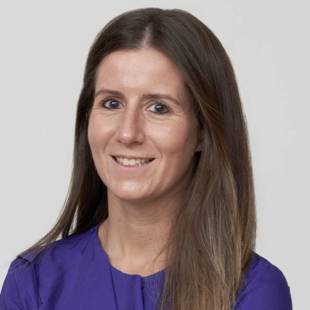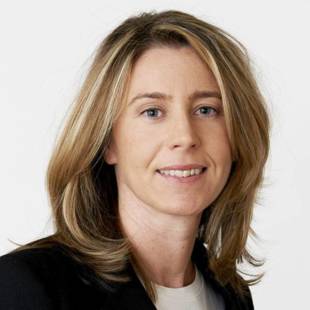
Key contacts
Yet the market has remained resilient. Infrastructure is an attractive asset class. In February 2023, Institutional Investor magazine reported that the average target allocation to infrastructure in a survey of 792 institutional investors was 6.6%, compared with 4.6% just over a year earlier. The inability of the world’s nations to finance its infrastructure needs on their own gives such investors enormous opportunities to participate in infrastructure development around the globe and across a variety of sectors.
The CMS 2023 Infrastructure Index is designed to help investors understand the environment they may encounter in 50 different jurisdictions. It highlights potential advantages and opportunities that may lead to successful project implementation. We also look at developments in some of the nations included in the Infrastructure Index, this year highlighting in particular the situation in our top-ranked country Germany and the need for reconstruction in Ukraine.
A report like this always raises questions which can ultimately only be answered by the actions of the infrastructure investment community. For example, how should we achieve the right balance between old’ infrastructure classes such as roads and water – asset classes still vital for development in a world where, for instance, 3.6 billion people lack safe sanitation – and ‘newer’ classes such as renewables and digital infrastructure, which currently seem better at attracting private sector money. And how will that distinction between old and new blur, as traditional infrastructure assets get increasingly green and smart?
Perhaps the biggest question of all is how the huge infrastructure investment gap can be closed. As our colleagues at the GIIA remind us in their reflections on this year’s Index: “The challenge of addressing the world’s infrastructure investment gap is one shared by policymakers, regulators and investors. It is only through long-term partnerships that we can hope to close it.”
We hope you find this year’s Infrastructure Index interesting and would be delighted to discuss or debate any of it with you. Our thanks go to all those who contributed to it, particularly our five interviewees for sharing their personal views on the infrastructure sector in their respective markets.
As our associates at the GIIA remind us in their reflections on this year’s Index:
The challenge of addressing the world’s infrastructure investment gap is one shared by policymakers, regulators and investors. It is only through long-term partnerships that we can hope to close it.





